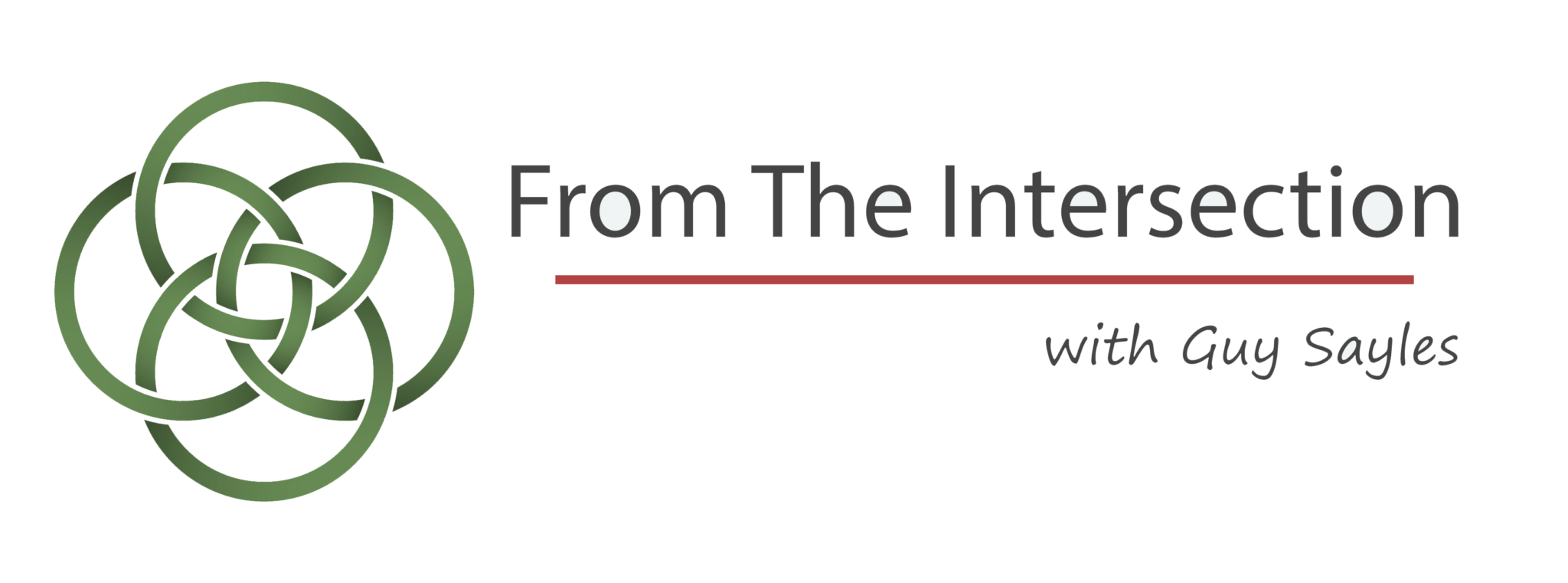We have a tendency to see each other only superficially (which means we don’t really see each other at all). The Apostle Paul described this superficial seeing as “the human point of view.”
From now on, therefore, we regard no one from a human point of view; even though we once knew Christ from a human point of view, we know him no longer in that way. So if anyone is in Christ, there is a new creation: everything old has passed away; see, everything has become new! (2 Corinthians 5:16-17)
This merely “human point of view” draws lines of separation between people, creates and maintains hierarchies of worth and value, and fosters feelings of inferiority and superiority.
From the “human point of view,” nationality and race, gender and sexuality, class and status, success and failure tell us most of what we need to know about a person. We classify and often dismiss each other according to either/or stereotypes: blue collar or white collar, polyester or wool, labor or management, Wal-Mart or Nordstrom’s, Republican or Democrat, Red state or Blue state, black or white, brown or white, male or female, single or married, rich or poor, straight or gay, literate or illiterate, healthy or sick, old or young, sinner or saint. We place these and countless other labels on ourselves and each other, and they blind us to what is truest and most important about us.
Despite this superficial way of seeing, our essential identity is not found in genetics, or race or family of origin or gender. We’re not defined by economics: the house we live in, the car we drive, the job we have, and size of our bank account. There is more to us that our fears, mistakes, failures, and sins.
There is another way of seeing. We could call it “the new creation point of view,” or God’s vision,” or “seeing through the eyes of Jesus.” From this perspective, each of us individually and all of us together are created in the image of God. We have infinite value and worth. Every human being is a child of God in whom God takes great delight.
Various writers have described contemplation “a long, lingering, and loving look at the real.” We need that kind of contemplative view of one another: to see beneath the surface and discover the uniqueness, beauty, and potential which are a part of every human life, however hidden those qualities might be. Then, we have the joy and task of helping each other become who we are—to let the person God sees become visible to the world.
Discover more from From The Intersection
Subscribe to get the latest posts sent to your email.


Recent Comments